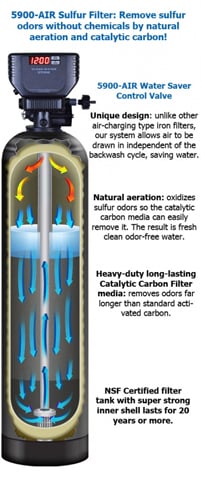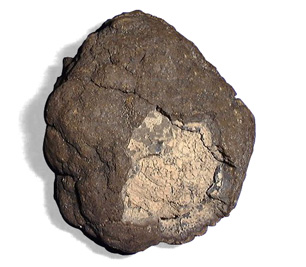However epa is in the process of determining whether to regulate manganese due to updated health effects information and additional occurrence data.
Manganese in well water limits.
Iron and manganese are not health concerns in drinking water.
Du united states environmental protection agency.
Exposure to manganese from air is generally several orders of magnitude less than that from the diet typically around 0 04 ng day on average.
Epa has established national primary drinking water regulations national primary drinking water regulationslegally enforceable standards that apply to public water systems.
However epa also has established national secondary drinking water regulations that set non mandatory water quality standards secondary maximum contaminant levels or smcls that are used as guidelines to assist water systems with managing drinking water for aesthetic considerations such as taste color and odor.
A number of sources have reported detections greater than the 0 5 mg l notification level as shown in the table below for the periods of january 2006 june 2011 and july 2011.
Although iron and manganese can occur in wells and springs throughout pennsylvania they are most common in northern and western counties.
Wisconsin department of natural resources iron in drinking water ws 35.
Product literature water testing greensand filters water softeners design assistance culligan international company muncipal commercial systems one culligan parkway northbrook il 60062 phone.
Fe mn dissolve into water as acidic rainfall percolates through the soil and bedrock.
Iron manganese in drinking water doc page 1 of 8 iron and manganese and their removal in drinking water 1 fe mn occur naturally in new hampshire s geology both in the bedrock and unconsolidated sand gravel deposits.
What are secondary standards.
Water with a low dissolved oxygen level lends itself best to manganese reduction by ion exchange.
Nebguide g96 12800 a drinking water.
A survey by penn state found excessive iron concentrations in 17 of the private water supplies sampled in the state.
500 ppm tds works best for manganese removal by a water softener.
These standards protect drinking water quality by limiting the levels of specific contaminants that can adversely affect public health and which are known or anticipated to occur in public.
This is true simply because high oxygen levels promote precipitation of manganese to a physical form that is hard for the softener to handle.
Radionuclide survey nirs the intake of manganese from drinking water would be 20 g day for an adult assuming a daily water intake of 2 l.









